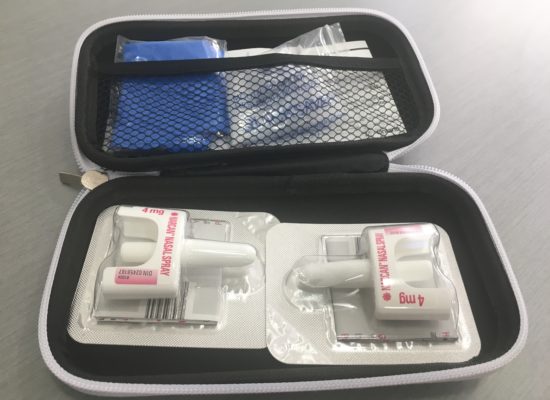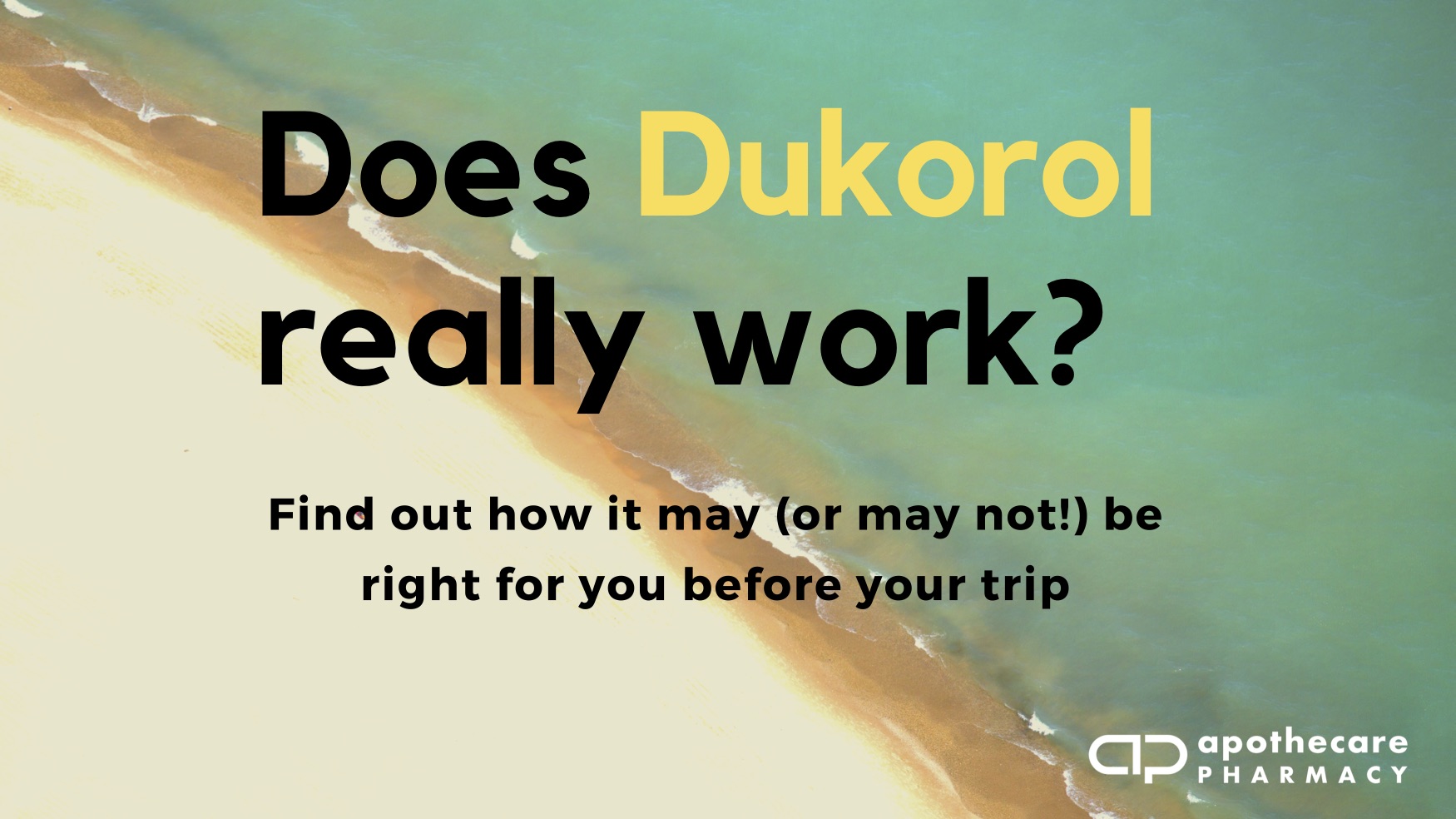The opioid crisis is a huge issue, and something we hear a lot about in the news. In Waterloo Region there have been 617 overdose related calls in 2019 alone. Opioid addiction also does not just affect the homeless or those on the streets. These are some of the questions that we get asked about the opioid crisis which you might be interested in which can explain opioids and their effect. At the end of our post today we have also provided some helpful background information about opioids and the difference between addiction and dependence.
1. If opioids are dangerous why are they prescribed?
Opioids help a lot of people manage their long term and short term pain. Taking them away, or stopping the prescriptions would leave many people with untreated pain. Another unintended consequence of restricting prescriptions could push people who are already dependent to find alternate sources on the street which could cause more harm. (Drug companies in the past had promoted the idea that opioids being used for pain weren’t addictive, and that some were less addictive than others. We now know that this is wrong which is why prescriptions for opioids are starting to decrease).
2. What is the link between prescription drugs and street drugs?
Fifty youth who were using injection opioids (ex. injecting heroin) were asked about how their habit started and 86% had started with a prescription opioid from family, friends or a personal prescription. Although this is the case, the number of people who will start using injection opioids after a prescription medication is still low.
3. What are some steps to help combat the problem?
- If you are using opioid medications keep them in a safe place (preferably locked) so that no one else has access. (Remember that above 86% who have addictions had started with a prescription opioid that may not have been prescribed for them)
- If you are no longer using an opioid medication (from a dental procedure etc..) RETURN it to the pharmacy for safe disposal.
- If you or someone you know uses high doses of opioids carry a naloxone kit with you. If you don’t have one we carry them free of charge at our pharmacy. A naloxone kit is a life saving measure if someone has overdosed on opioids. Signs that someone may have taken too much are pinpoint pupils, blue skin or lips, cold clammy skin, limp, unresponsive or soft breathing. In this case giving a naloxone nasal spray can temporarily block the effect of opioids and provide an opportunity to get them to the emergency department. If you work or live with people who are at risk of an opioid overdose you can carry a naloxone kit. Free kits and training are available at all pharmacies in Ontario.

What's the difference between addiction and dependance?
Examples of common opioid medications:
Contact us at the pharmacy if you are looking for a free naloxone kit, or free sharps container for used needles, or if you have other questions we didn’t answer here.
If you are battling addiction and are looking for support you can get in touch with:
The House of Friendship 1-844-437-3247
Rapid Access Addiction Clinics 1-844-722-2977
Connex Ontario 1-866-531-2600
References:
Lankenau SE, Teti M, Silva K, Jackson Bloom J, Harocopos A, Treese M. Initiation into prescription opioid misuse amongst young injection drug users. Int J Drug Policy. 2012;23(1):37-44.



0 Comments